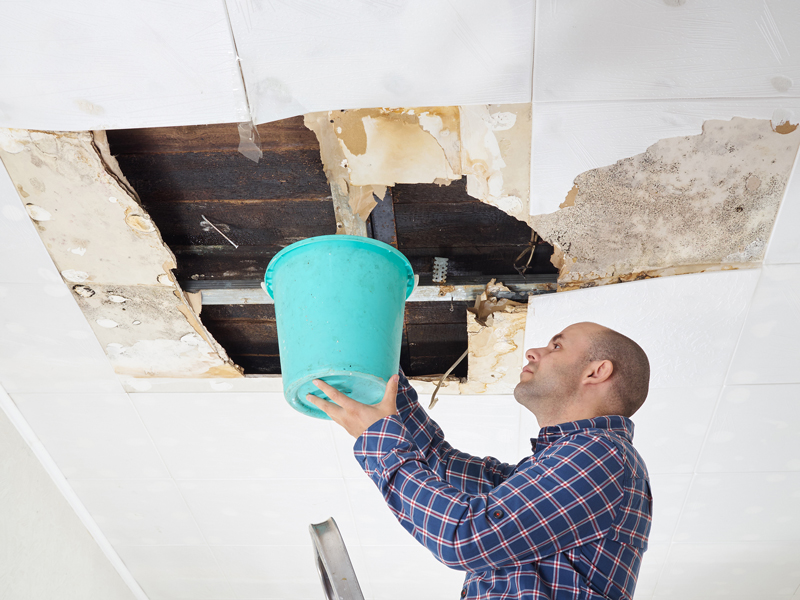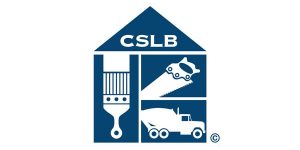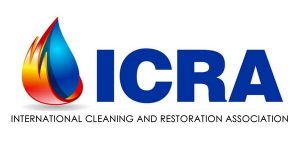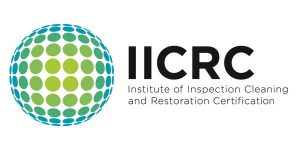
We’ve talked about water damage from plumbing and floods before. But roof leaks are another major cause. It starts in the attic and can progress to major damage before you notice any signs inside your home. So by the time you see water stains or mold on the ceiling, you could already be in for expensive repairs to roof decking, rafters, insulation, and more. That’s why roof inspections every few years are such a good idea. It’s also wise to take a look inside your attic a few times each year, looking for dampness and discolored wood.
Causes and Effects
It’s not just a matter of old or damaged shingles. Improper installation may take many years to show up as a leak. The same goes for the flashing around any roof opening, such as vents and especially chimneys.
The plywood under the shingles or roofing tiles is usually the first to begin decaying. Weakened framing often follows. Given time, or a major leak attic contents, insulation, and ceiling joists can get wet. Water can even make its way down into walls and harm framing, drywall, wallpaper, and paint. All the way down to the flooring.
Here are the 5 major types of damage from a leaky roof.
- decaying wood and structural weakening
- mold and mildew on ceilings and walls
- possible health hazards of toxic black mold, completely hidden in the attic or within walls
- fire hazards (!) from electrical wiring
- wet insulation increasing utility bills
Signs and Symptoms
And here are the 5 most common indications you have a roof leak.
- watermarks or other discoloration on ceilings or walls
- peeling or darkening paint
- cracked, bubbled, or warping drywall, including ceilings
- visible mold, or the musty odors of mold
- discolored wood or odd odors in the attic
What to Do
You’ll of course want to have the roof repaired to stop the leak. Along with that, it’s important to call in a water damage restoration specialist such as Service First for all but the smallest of problems. We’ll inspect and carefully assess the situation and recommend a specific course of action.
Remediation may range from simply airing out the attic for a few days to aggressively drying and sanitizing the attic, ceiling, inside walls, and even flooring. And all that takes special training and special equipment for fully successful completion. If necessary we can also provide professional mold removal, decontamination, and odor removal along with making repairs. Plus provide documentation for an insurance claim.
Insurance?
It’s important to document any home or business damage and the actions you take to remedy it if there’s even a chance you’ll want to file an insurance claim.
But will insurance cover it all?
The answer is generally yes if the problem was sudden, such as after a storm. Most policies will cover damage resulting from windstorms and hail, including water damage, provided you address the problem immediately. But claims will be rejected if they’re a result of negligence, such as not keeping up with maintenance. Including not replacing a roof after its expected lifetime. That is to say, leaks caused by normal wear and tear won’t be covered. Another example would be water seepage from gutters that you haven’t kept clean. There are also likely to be specific exclusions such as earthquakes and mold remediation. As with all insurance, also keep in mind that there is a deductible which you’ll need to pay yourself as well as coverage limits (the maximum amount the insurance company will payout).









